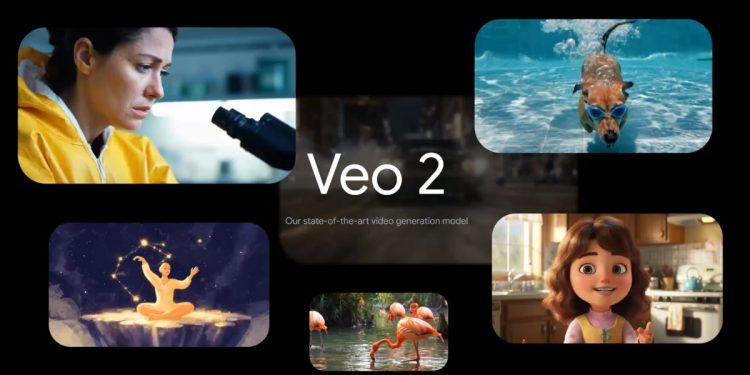Google has officially released Veo 2, its advanced video generation AI model, to users on its Gemini Advanced plan. The move underscores the tech giant’s deepening commitment to the competitive generative video AI space, positioning Veo 2 as a direct rival to OpenAI’s Sora.
With Veo 2, Gemini Advanced subscribers can now generate eight-second, 720p resolution video clips in a 16:9 aspect ratio, starting Tuesday. These AI-generated clips can be downloaded in MP4 format or shared directly to social media platforms such as TikTok and YouTube. Each video includes a digital watermark from SynthID, Google’s proprietary AI content tagging system, designed to signal synthetic content.
However, access to Veo 2 comes with limitations. The number of video generations is capped monthly, and the feature is not currently available to users on Google Workspace business and education accounts.
This rollout closely follows Runway’s unveiling of the fourth generation of its own video model, which came with a $300 million funding boost, highlighting the fast-growing interest and investment in AI-generated media.
Veo 2 has also been integrated into Whisk, an experimental feature within Google Labs. Through Whisk Animate, users can now turn still images into short video clips using Veo 2. These tools are available to those subscribed to Google’s $20-per-month Google One AI Premium plan, which provides early access to the company’s experimental AI offerings.
While Veo 2’s current applications are relatively limited, Google DeepMind CEO Demis Hassabis hinted at broader ambitions, including plans to merge Gemini models with Veo. This integration would potentially enable the AI to develop a deeper understanding of real-world physics and motion dynamics in video content.
Despite the excitement, the growing capabilities of AI-generated video tools like Veo 2 are raising alarm in creative industries. A 2024 study by the Animation Guild in the U.S. projected that AI could disrupt over 100,000 jobs in film, TV, and animation by 2026.
OpenAI’s Sora remains one of Veo 2’s key competitors, with capabilities that include creating 1080p, movie-quality video scenes based on simple text prompts or still images. Sora can simulate multiple characters, complex motions, rich backgrounds, and even extend existing video footage by generating plausible transitions or additions.
As the race between AI video platforms intensifies, both Google and OpenAI appear poised to reshape not just the creative landscape but the broader future of content production.










